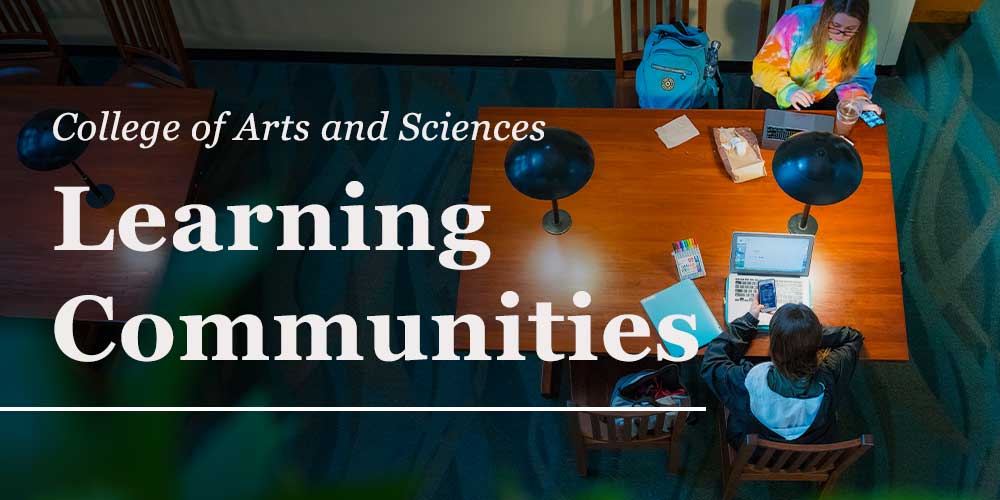First-year and second-year students enrolled in the Camden College of Arts and Sciences will have the unique opportunity to join a Learning Community this fall semester. Learning Communities consist of two courses that examine a single theme from different disciplinary perspectives that mutually support student learning. Many of the courses also satisfy General Education requirements. Students are encouraged to consult their academic advisor for registration.
African American Experiences through Religion and Music
History of Music: Soundtrack of the Civil Rights Movement (50:700:209:01)
Professor Joseph Streater, Music
African-American Religion (50:840:216:01)*
Professor Nicholas Johnson, Philosophy and Religion
*Satisfies Diversity (D) and Ethics and Values (EAV) General Education Requirements
This learning community introduces students to the experiences of African Americans through music and religion. “Music of the Civil Rights Movement” explores Black music that both inspired and propelled the movement. “African American Religion” explores the variety of Black religious traditions and the role of religion in the Civil Rights Movement. Together, these courses will provide students with opportunities to study the connections between music, religion, and the struggle for freedom for African Americans.
Power and Propaganda
Young Adult Literature (50:350:107:71)
Professor Holly Blackford Humes, English and Communication
Truth and Lies in the Digital World (50:209:110:71)*
Professor Jim Brown, Digital Studies and English and Communication
*Satisfies Ethics and Values (EAV) General Education Requirement
These courses study the critical problem of navigating dubious environments constructed by those in power. Young Adult Literature facilitates the study of an increasingly important genre that situates young people in dystopian settings wherein navigating truth, power, and realities is a treacherous matter. Truth and Lies in the Digital World present students with the opportunity to study how digital landscapes are fraught with misinformation and ethical issues, along with strategies to navigate and evaluate them.
Japanese Art and Culture: History and Visual Arts
Japanese Art (50:082:212:72)*
Professor Chinghsin Wu, Visual, Media and Performing Arts
*Satisfies Global Communities (GCM) General Education Requirement
Samurai Japan (50:516:233:72)*
Professor Nick Kapur, History
*Satisfies Heritages and Civilizations (HAC) General Education Requirement
This learning community provides a broad-based introduction to Japanese art, history, and culture for students with no prior background in Japanese history or art. The two courses will cover different chronological time periods in Japanese history, starting with stone-age cultures, and moving on to the age of great tombs, Japan’s classical Heian period, medieval Japan, Japan’s early modern era of national seclusion, and ending with more recent times. One class provides students with the historical, social, and political context, and the other class provides an in-depth look at art, architecture, literature, material culture, design, aesthetics, rituals, and other forms of cultural production from that same time period.
Understanding Physical Concepts
Elements of Physics (50:750:131:73)
Professor Cory Trout, Physics
Calculus I (50:640:121:73)*
Professor Haydee Herrera-Guzman, Mathematics
*Satisfies Logical and Quantitative Reasoning (LQR) General Education Requirement
Mathematics and physics are two closely connected fields. For physicists, mathematics is a tool used to answer questions. For mathematicians, physics can be a source of inspiration, with theoretical concepts such as general relativity and quantum theory providing an impetus for mathematicians to develop new tools. Calculus is the mathematical study of change, which is an extremely important concept in understanding the physical laws of motion, helping us understand how position, velocity, and acceleration are related. By closely coordinating the material covered in each of the courses, this learning community will address the needs that students have in understanding physical concepts. In particular, it will separate the need to understand mathematical computations from the physical concepts.

